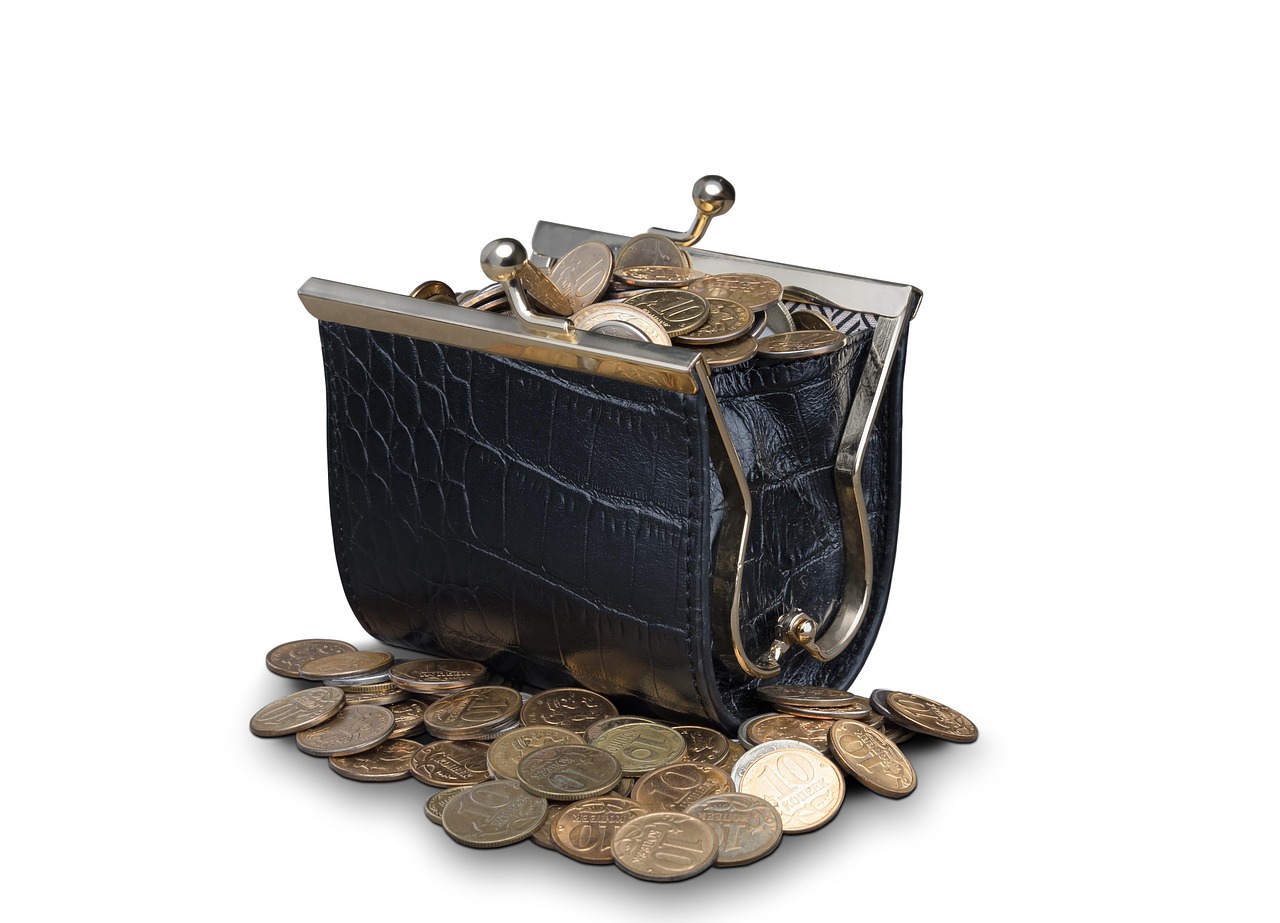Thinking of skipping the coin purse for your trip to Japan? Think again.
Even in 2025, Japan remains surprisingly cash-heavy—especially for travelers. And as someone born and raised here, I still carry my coin purse almost every day.
In this post, I’ll explain
- Why Japan isn’t fully cashless (even post-COVID)
- Where coins are still king
- Real traveler regrets from Reddit
- What kind of coin purse to bring (with recommendations)
Let’s dive in.
Japan Isn’t as Cashless as You Think
It’s true that Japan is slowly becoming more cashless, especially in big cities. During COVID-19, many restaurants and stores finally embraced QR payment apps like PayPay, and credit card usage increased.
But even now…
- Many ramen shops and family-run restaurants are cash-only
- Temple offerings, locker use, and bus fares often require coins
- Some cafés have a ¥500 minimum for card payments
- Trains outside major metro areas still use paper tickets & coin machines
I live in Japan, and I still use a coin purse almost every time I go out.
If I’m going to my favorite casual restaurant, I don’t even bring my wallet—I just bring some ¥1,000 and ¥10,000 bills, plus change in my coin pouch.
 Flo
FloI personally use PayPay or Suica for most things—but if I’m going to a neighborhood ramen shop or small café, I just bring a few
💬 What Travelers Say on Reddit
Redditors on r/JapanTravel are loud and clear…
“Coin purse. You need one.”
— r/JapanTravel thread, 15+ upvotes
“I didn’t understand why I’d need a coin purse until my first full day. Now I get it.”
“You will collect a ridiculous amount of change. Japan has ¥500, ¥100, ¥50, ¥10, ¥5, and ¥1 coins, and yes, you’ll use all of them.”
These are real comments from travelers who were caught off guard. And they’re not wrong—Japanese coins are both plentiful and used everywhere.



The ¥500 coin alone is worth over $3 USD—it’s not something you want to lose or misplace in your pocket.
💰 Why You’ll End Up With So Much Change
In Japan, sales tax is almost always included in the price—but you still end up with coins. Why?
- Convenience store snacks: You’ll get ¥4 back often. That’s one ¥1, one ¥2, and a ¥1!
- Train tickets: Machines spit out coins as change.
- Temple donations: ¥5 and ¥10 coins are traditional offerings.
Within 24 hours of arriving, your wallet will start to bulge with metal—unless you carry a coin purse.



he ¥5 coin (五円) is considered lucky in Japanese because “go-en” sounds like “good connection” or fate. That’s why people use it when praying at shrines. It’s not just currency—it’s cultural.
When You Really Need a Coin Purse in Japan
| Scenario | Why Coins Matter |
|---|---|
| Buying drinks from vending machines | Most only accept coins or Suica |
| Paying for a bus ride | Flat fares often paid in exact change |
| Temple or shrine donations | Coins are customary (esp. ¥5 = “go-en” = good luck) |
| Coin lockers at stations | Most lockers are ¥100 or ¥300, exact change preferred |
| Street food or market stalls | Many are cash only |
| Topping up Suica manually | Change returned in coins |
Coin Purse Recommendations from a Local
Even in the age of Suica and PayPay, coins still rule many corners of Japan. You’ll want a dedicated coin purse—something practical, stylish, or at least not a crinkly mess in your pocket. Here are three options I genuinely recommend (and yes, one of them involves a Ziploc bag).
1. Traditional Japanese Kinchaku Pouch – For That Local Charm
If you want to blend in with some cultural flair, this chirimen-style coin purse featuring a lucky Maneki-neko is the perfect choice. It’s lightweight, soft to the touch, and fits neatly into any daypack. With its traditional Japanese fabric and cute design, it’s not just practical—it’s a great souvenir.



I’ve used pouches like this since elementary school. It feels nostalgic and Japanese in the best way.
2. Minimalist Leather Clamshell Wallet – For the Organized Traveler
Prefer something clean and compact? This Travelambo leather coin purse has a vintage clamshell squeeze-top design that pops open easily and shuts tight. It fits nicely in your pocket, making it ideal for anyone who values simplicity without sacrificing function.



When you’re trying to pay for ramen in a packed shop, being able to spot and grab your coins fast is worth gold.
3. Ziploc Gallon Bag – Not Stylish, But Weirdly Effective
Now here’s a wildcard. One of my good friends—every time he visits Japan—uses a Ziploc freezer bag as his coin purse. “It’s waterproof, durable, and I can see everything,” he says. It’s not wrong… but pulling this out at a tea ceremony might raise a few eyebrows.



It works… but it crinkles loudly. Choose wisely.
🧭 Local Tip from a Native
As someone who’s lived here for over 30 years, I’ll tell you this:
Coins are part of everyday life in Japan.
We’re used to exact change, to coin trays, and to those ¥500 coins that really add up. Having a dedicated pouch saves time and frustration.
Even if you plan to use Suica or credit cards, don’t skip this small item—it will make your entire trip smoother.
✅ Final Thoughts
Japan is modern in many ways, but coin culture isn’t going away anytime soon.
A small coin purse might feel unnecessary when packing, but once you’re navigating train stations, vending machines, and tiny local restaurants, you’ll be thankful you brought it.
You really do need a coin purse in Japan.












Comments